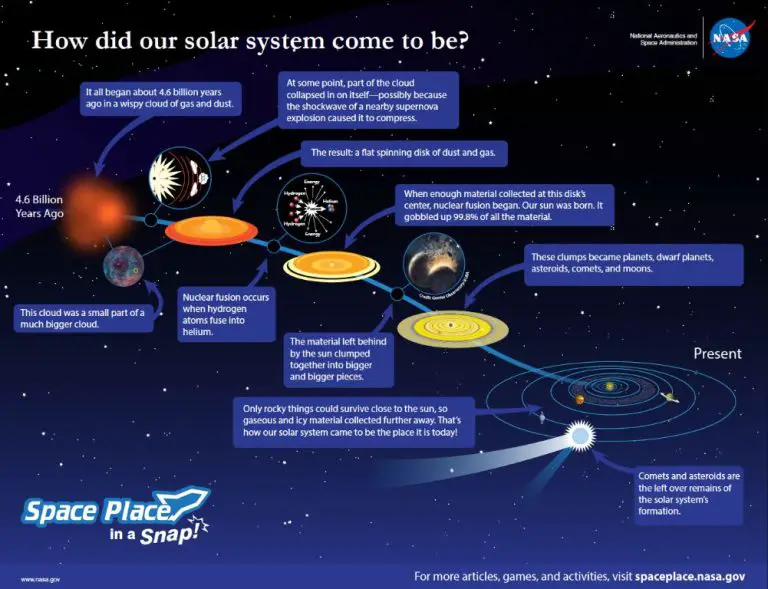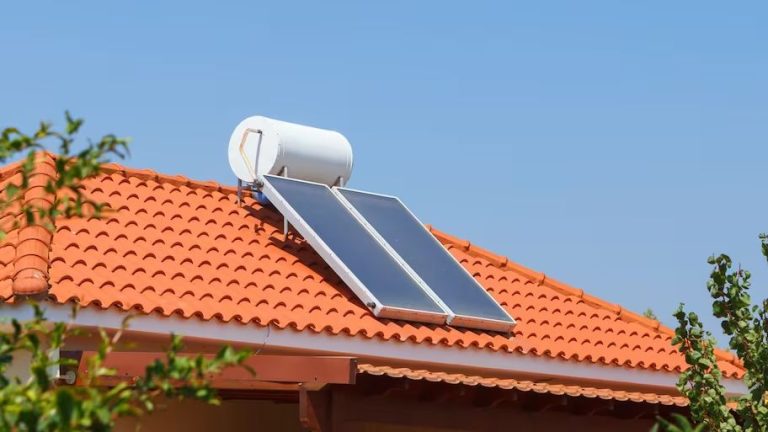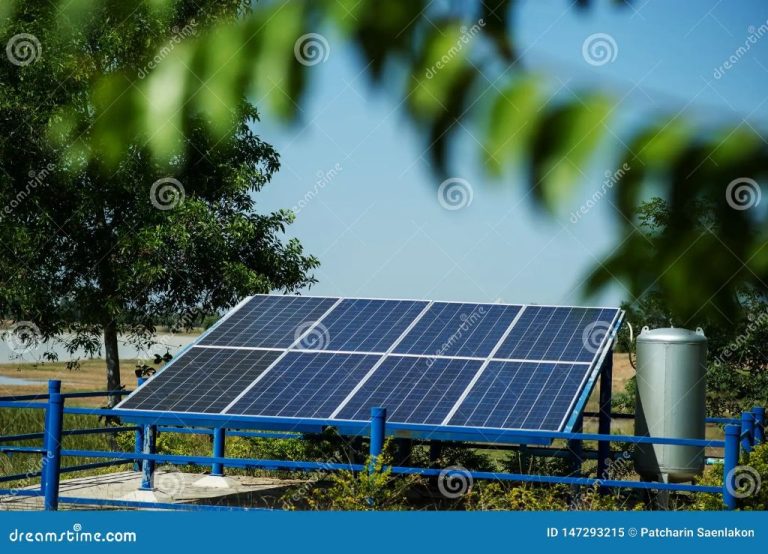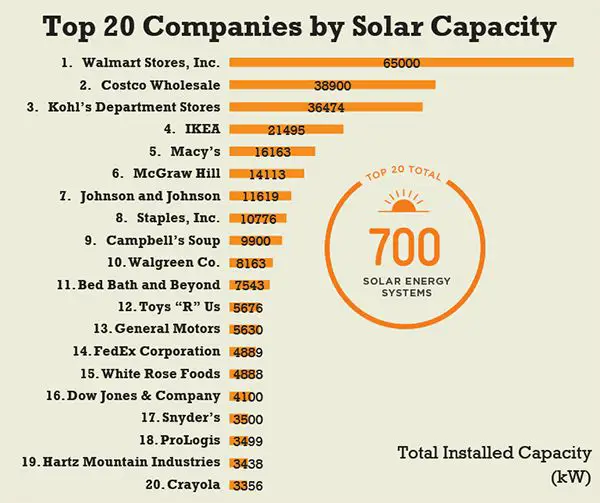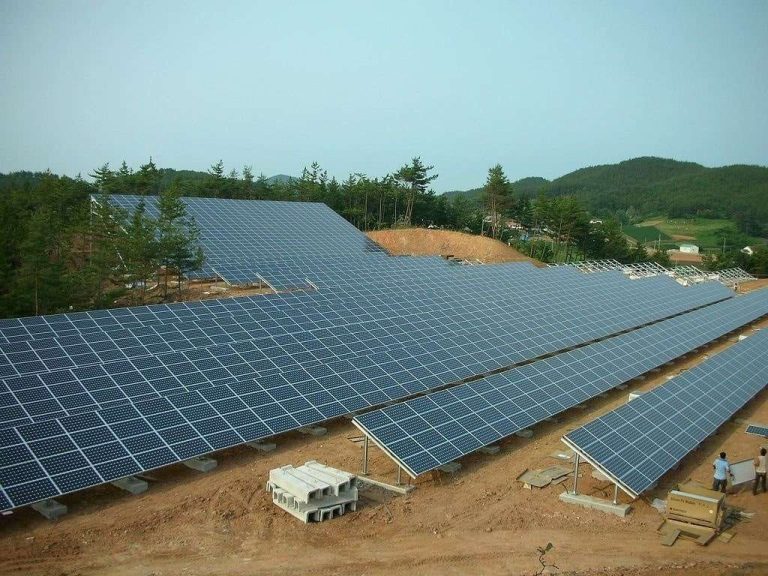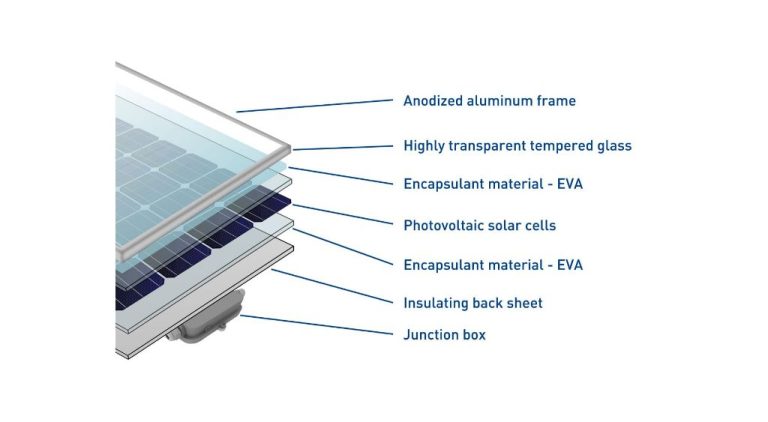Can You Charge A Battery Directly From A Solar Panel?
Charging a battery directly from a solar panel refers to connecting a solar panel directly to a battery in order to charge it. This allows the solar panel to transfer energy directly into the battery without needing other components like a charge controller.
There are a few key reasons why people choose to charge batteries directly from solar panels:
- Simplicity – It removes the need for a charge controller or inverter, reducing complexity.
- Cost savings – Direct charging saves money by avoiding purchasing additional equipment.
- Portability – Direct charging allows building portable solar charging kits, as there are fewer components.
However, there are also some downsides to direct charging that need to be considered:
- Overcharging risk – Solar panels can potentially overcharge batteries without regulation.
- Inefficiency – Direct charging can waste energy as there is no MPPT tracking.
- Battery damage – Overcharging and undercharging risks shortening battery life.
In this article we’ll explore when direct charging does and doesn’t make sense, best practices, and precautions to take.
How Solar Panels Work
Solar panels are able to convert sunlight into electricity through the use of special materials called semiconductors. The most common type of solar panels use silicon cells, which are made from semiconductors called photovoltaic cells (PV cells).
When sunlight hits these PV cells, the photons from the sunlight knock electrons loose from the atoms in the semiconductor material. As the electrons flow through the PV cell, they generate electricity. The PV cells are wired together to form larger units called modules or panels.
Some key components in solar panels that enable this electricity generation process include:
- Photovoltaic cells – The special semiconductor material like silicon that converts sunlight into electrical current.
- Encapsulant – Protects the PV cells from the environment.
- Glass cover – Protects the PV cells from mechanical damage and weather.
- Frame – Provides structural support and rigidity for the entire solar panel.
- Junction box – The point where connections are made to transport the electricity out of the panel.
By wiring together many PV cells to form a panel, solar panels can absorb more sunlight and generate electrical power at a useful voltage and current.
Connecting a Solar Panel to a Battery
Connecting a solar panel directly to a battery requires some basic equipment and proper wiring to function safely and efficiently. Here is what you will need:
- Solar panel
- Deep cycle battery
- Charge controller
- Wires – size and type will depend on your system specs
- Fuse or circuit breaker
- Battery terminals or clip connectors
A charge controller is an essential component when connecting a solar panel to a battery bank. The controller regulates the voltage and current from the solar panels to safely charge and prevent overcharging the batteries.
Here are the basic steps to connect a solar panel to a battery bank:
- Connect the positive (+) solar panel wire to the charge controller’s solar positive input terminal.
- Connect the negative (-) solar panel wire to the charge controller’s solar negative input terminal.
- Connect a fuse or circuit breaker between the solar panel and charge controller for safety.
- Connect the charge controller’s battery positive terminal to the battery bank’s positive terminal.
- Connect the charge controller’s battery negative terminal to the battery bank’s negative terminal.
- Ensure all connections are secure and terminals are tightened.
It is important to pay attention to polarity – positive to positive, negative to negative. Reversing polarity can severely damage equipment. Refer to the manufacturer manuals for detailed wiring instructions.
Here is a basic wiring diagram to connect a solar panel to battery through a charge controller:
[Wiring diagram]
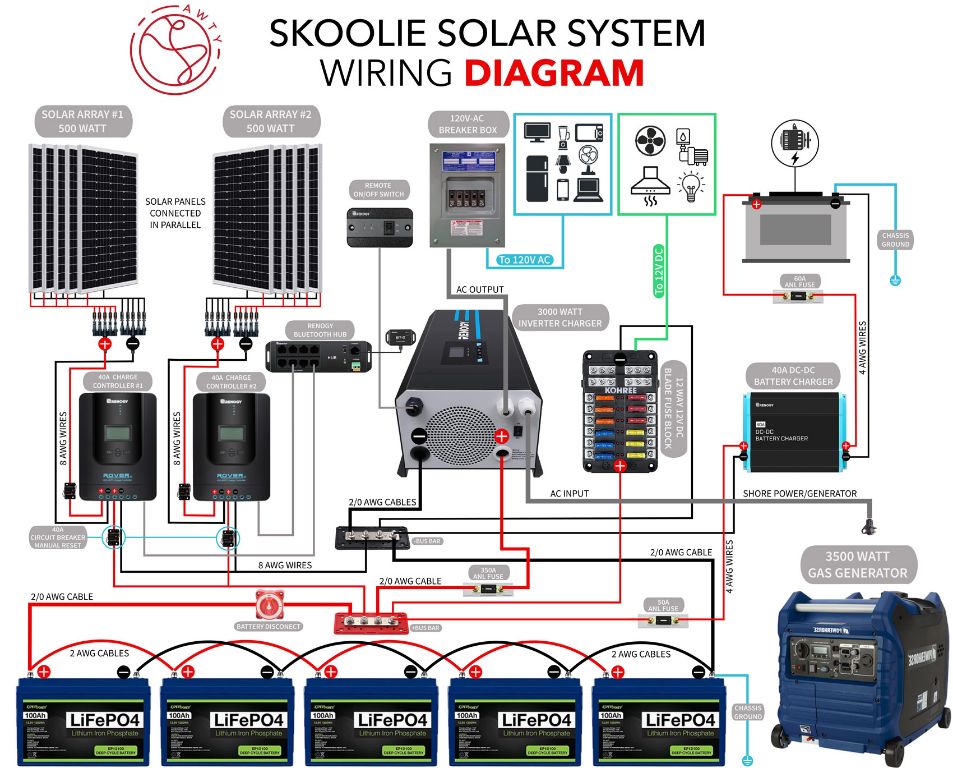
With proper equipment, safe wiring practices and a charge controller, you can effectively charge a battery bank directly from a solar panel.
Advantages of Direct Charging
There are several advantages to charging a battery directly from a solar panel without using an inverter or charge controller:
Lower equipment cost – By eliminating the need for an inverter or charge controller, direct charging saves money on additional equipment. Solar panels can be connected directly to batteries.
Simple setup and maintenance – Without an inverter or charge controller, direct charging systems have very simple wiring. This makes installation straightforward and reduces potential maintenance issues.
Can charge different battery types directly – Solar panels output DC current, which makes them compatible with all major rechargeable battery types when directly connected. This includes lead-acid, lithium-ion, NiCd, and more.
Disadvantages of Direct Charging
While directly charging batteries from solar panels can be convenient, there are some downsides to consider:
Lower voltage and power output than grid power – Solar panels generally produce lower voltage and power output compared to what you get from a wall outlet. This means charging speeds will be slower, especially if the battery capacity is large. Partial sunlight exposure due to clouds or objects casting shadows can further reduce the charging power.
Needs full sunlight exposure for best results – For the fastest direct charging, solar panels need to be placed in an open area with no shade and pointed directly at the sun. This isn’t always practical if you need to charge in different locations. Charge speed will decrease dramatically if the sunlight exposure is less than ideal.
Best Practices and Tips
When directly charging a battery from a solar panel, following some best practices can help ensure an efficient and effective system.
One key recommendation is to use a maximum power point tracking (MPPT) charge controller. MPPT technology allows the solar panel to operate at its optimal voltage point to maximize power output. This allows more current to flow into the battery, resulting in faster and more efficient charging.
It’s also important to properly size your solar panel and battery. Generally, your solar panel’s peak watt output should be about 25-30% larger than your battery’s capacity. For example, for a 100Ah 12V battery, select a solar panel or panel array with around 130W. Matching the panel and battery size helps optimize charging performance.
Finally, proper ongoing battery maintenance is critical. Check electrolyte levels regularly and make sure terminals are clean and corrosion-free. Avoid over-discharging batteries and consider equalization charges to balance individual cells. Taking care of your batteries will extend their lifespan and ensure they can be effectively charged by your solar panel.
Safety Considerations
When directly charging a battery from a solar panel, there are some important safety factors to consider:
Ensure proper wiring and fusing – Use appropriately sized wiring that can handle the amperage from the solar panel. Install an inline fuse or circuit breaker to protect against overcurrent. Follow electrical codes and standards.
Position away from flammable materials – Batteries can heat up and even explode or leak if overcharged. Keep them positioned away from anything flammable or combustible.
Use deep cycle batteries – Deep cycle lead acid or lithium ion batteries are designed to handle repeated discharge/charge cycles. Using a regular starter battery can lead to premature failure or dangerous conditions.
Following basic precautions will allow you to safely charge batteries directly from solar panels.
Applications and Use Cases
Charging a battery directly from a solar panel has several useful applications and real-world use cases. Some of the most common include:
Off-grid Homes and RVs
For homes and RVs that are not connected to the electrical grid, using solar panels to charge batteries is essential. The batteries can store electricity generated from the solar panels during the day, providing power at night or on cloudy days when the solar panels are not actively generating electricity.
Boats and Marine Use
On boats and other watercraft, solar panels can charge onboard batteries directly to provide electricity while anchored or underway. This provides an efficient and quiet way to generate power without having to run loud generators.
Remote Sensors and Equipment
In remote locations, solar panels can be used to provide power for sensors, communications devices, or other electronic equipment by charging attached batteries directly. This allows important data collection and transmission from unmanned sites.
Comparisons to Other Charging Methods
Charging a battery directly from a solar panel contrasts with other common battery charging methods like grid charging and alternator charging. Each method has its own pros and cons.
Grid charging uses an AC charger plugged into a wall outlet to charge a battery. The pros of grid charging are that it’s simple, convenient, and fast. The cons are that you need access to an electrical grid, and it can be expensive depending on electricity rates.
Alternator charging utilizes a vehicle’s alternator to charge a battery while the vehicle is running. The pros of alternator charging are that it takes advantage of a vehicle’s existing electrical system. The cons are that it requires running the vehicle, which uses fuel and produces emissions.
Charging from a solar panel is different because it doesn’t require access to the electrical grid or a running vehicle. The pros of solar charging are that it can provide power anywhere the sun is shining and it’s clean renewable energy. The cons are that it depends on sufficient sunlight and can be slower than other charging methods.
In summary, each battery charging method has advantages and disadvantages. Grid and alternator charging tend to be faster but less sustainable than solar charging. The best method depends on the specific situation and needs.
Conclusion
In summary, directly charging batteries from solar panels has both advantages and disadvantages. The main benefits are simplicity, cost-effectiveness, and being able to charge batteries anywhere with sunlight access. However, there are some downsides, like the lack of overcharge protection and the need to properly match the panel voltage to the battery.
To successfully and safely charge batteries directly, follow best practices like using a charge controller, properly sizing the solar panel to the battery bank, monitoring battery voltage, and taking safety precautions. With the right setup and care, directly connecting a solar panel to charge batteries can be an efficient and practical approach for many off-grid power needs.
Overall, with its pros, cons and ideal use cases in mind, directly charging batteries from solar panels can be a viable DIY solution. As long as safety guidelines are followed and the system is properly designed, this simple charging method provides a affordable way to leverage the power of the sun.

